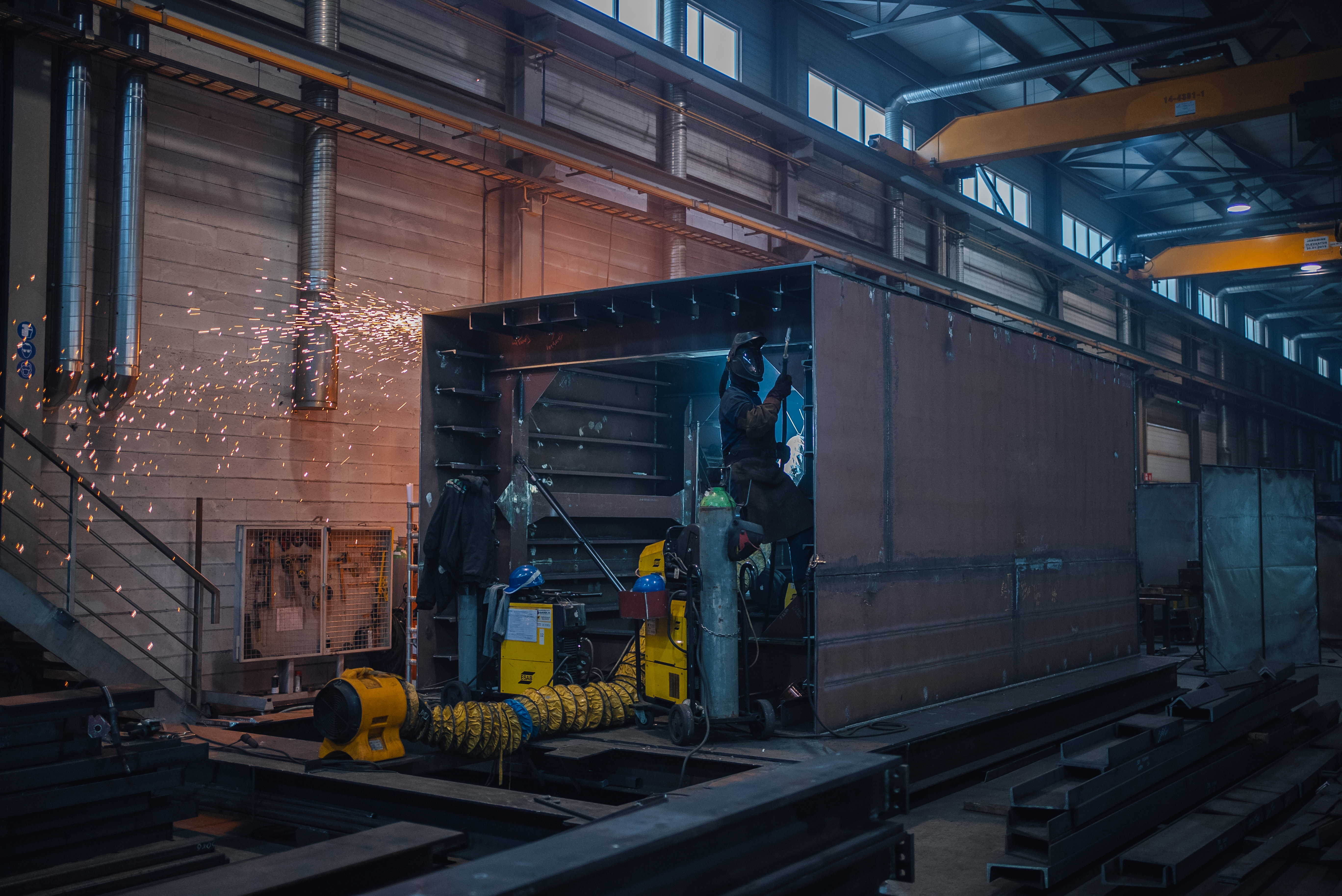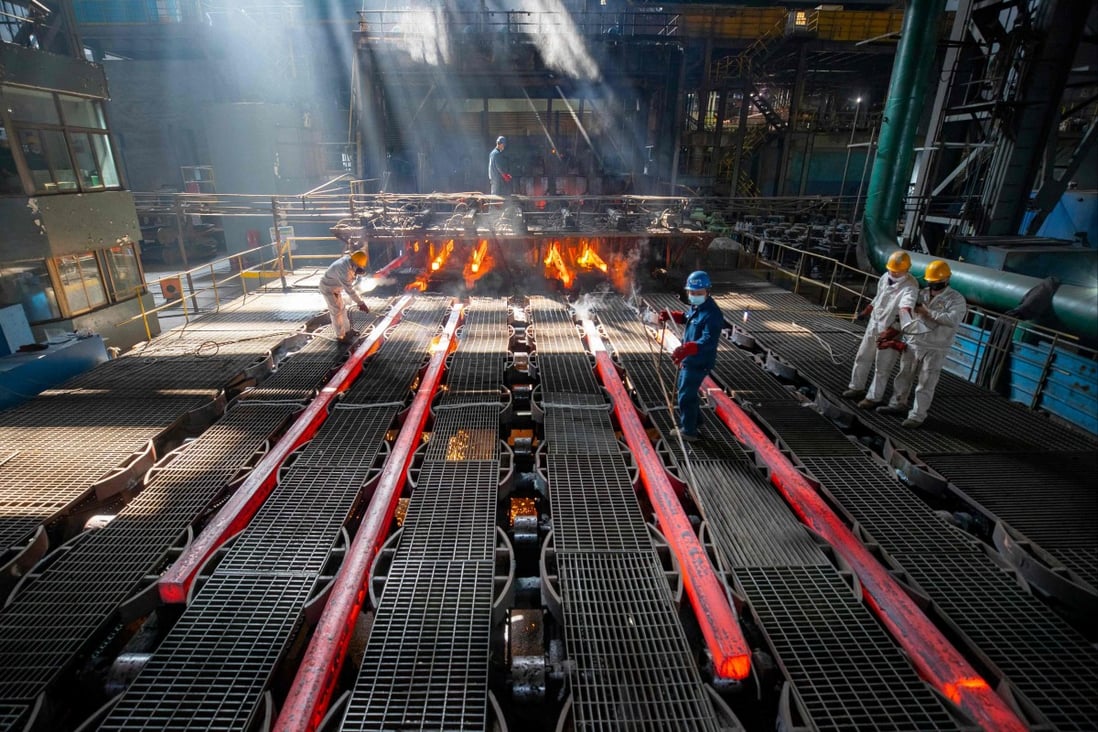Yes, steel fabrication is considered a branch of engineering, specifically within the realm of civil and structural engineering.

Engineering Principles in Steel Fabrication
When we discuss steel fabrication, it’s paramount to understand the engineering principles behind it. These principles encompass the foundation for creating durable, resilient, and efficient steel structures.
Mechanical Properties of Steel
Steel, as a material, boasts a plethora of mechanical properties that make it a preferred choice in various applications, especially in construction and manufacturing.
- Tensile Strength: One of the primary reasons steel is favored is its high tensile strength, allowing it to resist breaking under tension.
- Ductility: The ability of steel to deform under tensile stress is crucial for certain applications.
Design Considerations in Steel Structures
Designing with steel requires a deep understanding of both its strengths and its limitations.
- Load Bearing Capacity: Understanding the amount of weight a steel structure can support is fundamental.
- Aesthetics: While steel is functional, considerations about its appearance in the final structure are also essential, especially in architectural applications.
- Corrosion Resistance: Certain environments can be harsh on steel, leading to rust. Using corrosion-resistant alloys or protective coatings can mitigate this.
Safety and Reliability in Steel Engineering
Ensuring that steel structures are safe and reliable is the cornerstone of steel fabrication.
- Quality Control: Ensuring that the steel used meets industry standards is pivotal. This involves testing the steel’s composition, strength, and resilience.
- Welding Standards: The way steel parts are joined can make or break a structure. Adhering to stringent welding standards ensures the integrity of the final product.
- Regular Inspections: Post-construction, regular inspections ensure the structure remains sound and identifies potential issues before they become critical.
_(1).jpg)
Techniques and Processes in Steel Fabrication
Steel fabrication is a multi-step process that transforms raw steel into final products fit for specific applications. It involves various techniques and processes to ensure that the end product not only meets design specifications but also maintains its integrity and durability over time.
Cutting, Bending, and Assembling
The initial stages of steel fabrication often involve shaping the steel to fit design requirements.
- Cutting: Modern steel fabrication employs techniques like laser cutting, water jet cutting, and plasma cutting.
- Bending: Hydraulic press brakes are commonly used to bend steel, providing both force and precision to achieve the desired angle or shape.
- Assembling: Once pieces are cut and bent to specifications, they are assembled using various techniques. This could be as simple as bolting pieces together or as complex as using advanced machinery to fit large segments.
Welding and Joining Techniques
Joining individual steel pieces together requires specialized techniques to ensure strength and durability.
- Arc Welding: One of the most common methods, where an electric arc is used to melt the metals intended for joining.
- Gas Welding: This method uses a gas flame to melt the joining metals.
- Resistance Welding: By applying force and passing current through metal surfaces, they are melted and fused together.
Surface Treatment and Finishing
- Galvanizing: By dipping steel in molten zinc, a protective layer is formed, shielding the steel from rust.
- Painting: Beyond aesthetics, paint can provide an additional layer of protection against corrosion.
- Powder Coating: This technique uses a dry powder which is then cured to form a protective layer, often used for its smooth finish and durability.
Role of Engineers in Steel Fabrication
The intricate process of steel fabrication hinges on the expertise and skills of engineers. Engineers ensure that the steel structures are not only aesthetically pleasing but also structurally sound and safe for their intended purposes. Their work touches on every phase, from conceptualization to the final product.
Collaboration with Architects and Designers
Engineers play a pivotal role in the early stages of any construction or manufacturing project.
- Conceptual Discussions: Engineers discuss design ideas with architects, offering insights into what is feasible from an engineering standpoint.
- Material Selection: Engineers often advise on the best types of steel or other materials based on the project’s requirements and budget.
- Design Optimization: Engineers work closely with designers to refine designs, ensuring they are both innovative and structurally sound.
To understand how this collaboration works in real-world projects, Wikipedia’s page on architectural engineering provides valuable insights.
Structural Analysis and Integrity Assessment
Ensuring that a steel structure will stand the test of time and external pressures is crucial.
- Load Analysis: Engineers calculate the loads a structure will face, such as wind, seismic, and usage loads.
- Stress Analysis: They determine the stress points in the structure, ensuring that it can handle the pressures without failing.
- Safety Margins: Engineers incorporate safety margins into their calculations, ensuring that structures can handle more than the expected maximum load.
For those keen on diving deeper into this topic, Wikipedia’s section on structural analysis is a comprehensive resource.
Ensuring Compliance with Standards and Codes
Adherence to industry standards and building codes is non-negotiable in steel fabrication.
- Code Knowledge: Engineers must be well-versed in local, national, and sometimes international building codes relevant to their project.
- Inspections: They conduct or oversee inspections to ensure that the fabricated structures meet the required standards.
- Certifications: Engineers often have to certify that a structure meets specific codes, making their role critical for the project’s completion and subsequent use.
Challenges and Innovations in Steel Fabrication Engineering
In the ever-evolving landscape of steel fabrication engineering, professionals encounter both hurdles and breakthroughs. These challenges and innovations shape the industry, pushing boundaries and driving efficiency, safety, and sustainability to new heights.
Technological Advancements
- Automation and Robotics: Modern fabrication workshops employ automated machinery and robotics to improve precision, increase output, and reduce human errors.
Sustainable and Eco-Friendly Practices
Sustainability has become a central focus in the industry, with engineers striving for more eco-friendly solutions.
- Recycling: Reusing steel from demolished structures or waste reduces the need for new raw materials and decreases environmental impact.
- Green Manufacturing: Efforts to reduce the carbon footprint of steel mills and fabrication plants are on the rise, including the use of renewable energy sources.
- Eco-Friendly Coatings: Newer coatings for steel not only protect against corrosion but are also environmentally friendly and less toxic.

Addressing Global Demand and Supply Chain Dynamics
The global nature of construction and manufacturing introduces complexities in steel fabrication.
- Demand Fluctuations: Engineers and manufacturers must anticipate and adapt to the changing global demand for steel, which can vary based on economic, political, and other factors.
- Sourcing Materials: With suppliers spread globally, ensuring consistent quality and timely delivery of raw materials is a challenge.
- Logistics and Transportation: Moving massive steel components across continents requires careful planning, especially when dealing with infrastructure limitations or political constraints.




